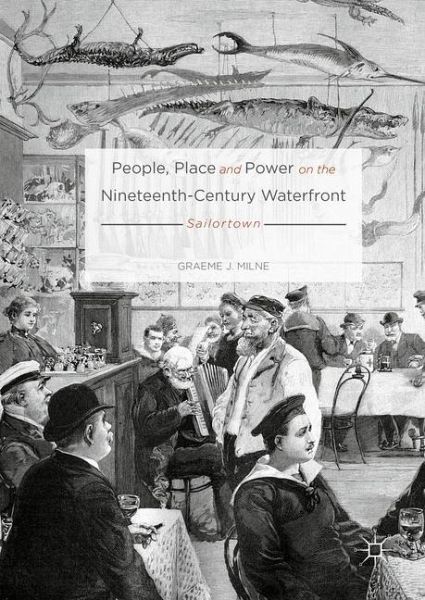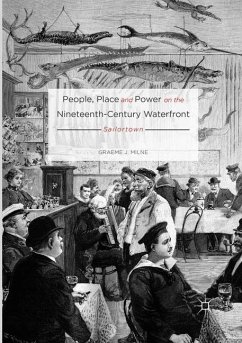
People, Place and Power on the Nineteenth-Century Waterfront
Sailortown
Versandkostenfrei!
Versandfertig in 6-10 Tagen
76,99 €
inkl. MwSt.
Weitere Ausgaben:

PAYBACK Punkte
38 °P sammeln!
This book explores the tenuous existence of seafarers, divided between their time on the ocean and their residence in sailortown economies geared to exploit them. Particular attention is given both to the contribution of seafarers as a global workforce into the nineteenth century, and to their help in creating vibrant multicultural enclaves in port cities worldwide. In addition, research explores the scandalized opinions of outside observers, challenging ideas about public behavior and relationships. Sailortown myths persisted far into the twentieth century, to the detriment of older waterfron...
This book explores the tenuous existence of seafarers, divided between their time on the ocean and their residence in sailortown economies geared to exploit them. Particular attention is given both to the contribution of seafarers as a global workforce into the nineteenth century, and to their help in creating vibrant multicultural enclaves in port cities worldwide. In addition, research explores the scandalized opinions of outside observers, challenging ideas about public behavior and relationships. Sailortown myths persisted far into the twentieth century, to the detriment of older waterfront districts and their residents, and readers will find this book is invaluable in casting new light on forgotten communities, whose lives bridged urban, maritime and global histories.












